When it comes to portraits, what’s the best focal length to use? That’s a great question, so I set out to test this for myself. So I decided to have a little bit of a length comparison. In part one, I tried a mid-range close up shot. In this article, I am going to stand further away and get a full-body portrait.
Lenses Used
Again I used the same lenses as in Part One, the Tamron 70-300mm, Tamron 28-75mm, Sony FE Zeiss 55mm, and just for fun (and reference) the Sony FE 16-35mm wide angle. So, as you can see I really did try a range of lenses and focal lengths, to see which I really liked to work with.
Full-length body shot
Just like part one, I had my model standing in the same spot with the same pose. I moved to try and get pretty much the same composition without having to crop each image.
I tried to keep my ISO to 100 and the aperture at f/4.5 (though it changed to f/5.6 and f/6.3, respectively, at 200mm and 300mm). I must admit the 200mm and 300mm are not quite full body shots, as I could not move as far back as required — something I didn’t factor for at our location. But I was still fairly happy with the results.
The results
Again, unless you really want the background in the shot, I’d say the 16-35mm wide-angle is NOT the best lens for portraits. But it is nice if you wish to bring some of the landscape into your shot, or if the landscape is the main focal point and the model is secondary.
There was still a bit of distortion in the face and body, but the 35mm not quite as bad as I expected, 16mm about what I thought. At 28mm, the Tamron 28-75mm, which is my everyday go-to, was about the same outdoors as the 35mm, but with a little less distortion.
The Sony Zeiss 55mm, performed well, but I feel it is much nicer at a higher aperture than the f/4.5. Again I was really happy with the results from the 70-300mm, especially the 200mm and 300mm. I loved the bokeh on both. The only problem was you need a bit of distance to get a full-body shot.
I was a little surprised at just how far back I had to stand — I chose this location as I thought there would be plenty of room. Sadly, I was wrong. But it still gives a good idea. I really like how it brought the background in closer and gave a lovely bokeh.
.mgl-masonry { display: none; } #mgl-gallery-63569a6f7d0f1 { column-count: 5; margin: -5px; } #mgl-gallery-63569a6f7d0f1 .mgl-item { padding: 5px; } #mgl-gallery-63569a6f7d0f1 figcaption { padding: 5px; } @media screen and (max-width: 800px) { #mgl-gallery-63569a6f7d0f1 { column-count: 2; } } @media screen and (max-width: 600px) { #mgl-gallery-63569a6f7d0f1 { column-count: 1; } }
16mm (16-35mm wide angle)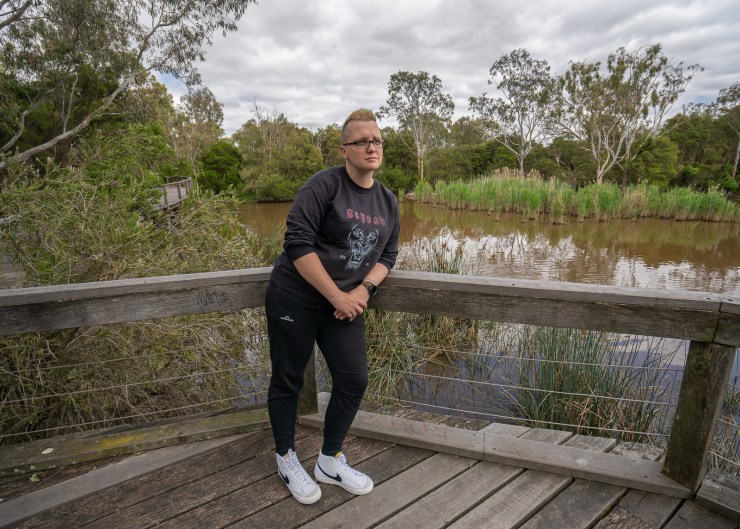
28mm (28-75mm)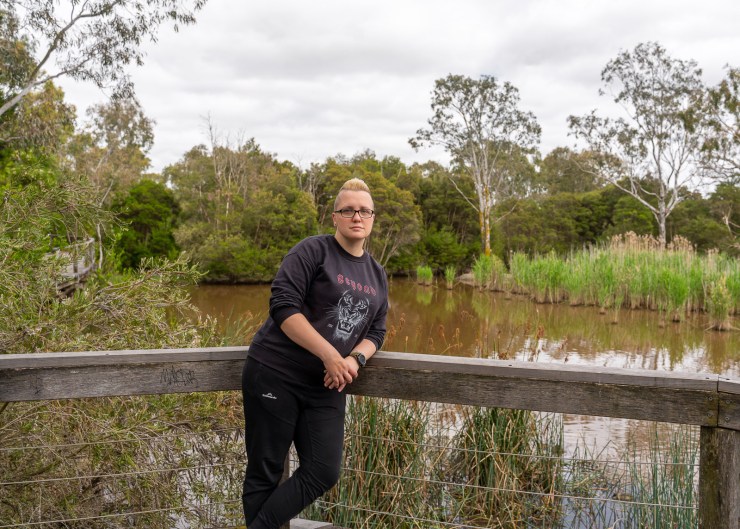
35mm (16-35mm wide angle)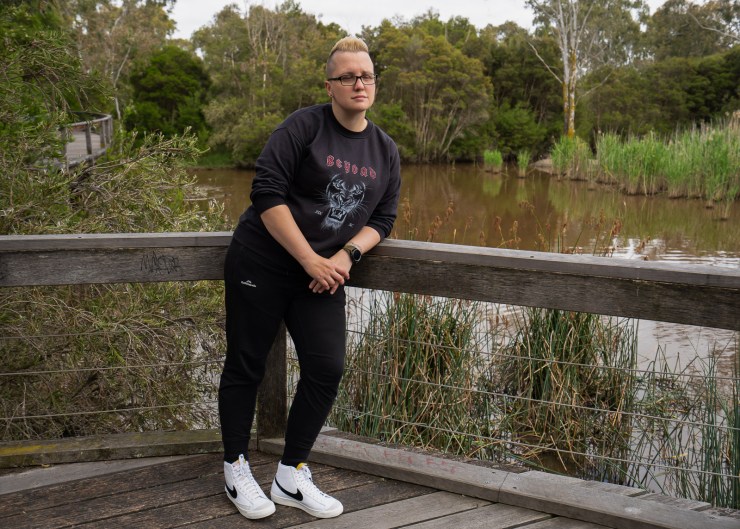
50mm (28-75mm)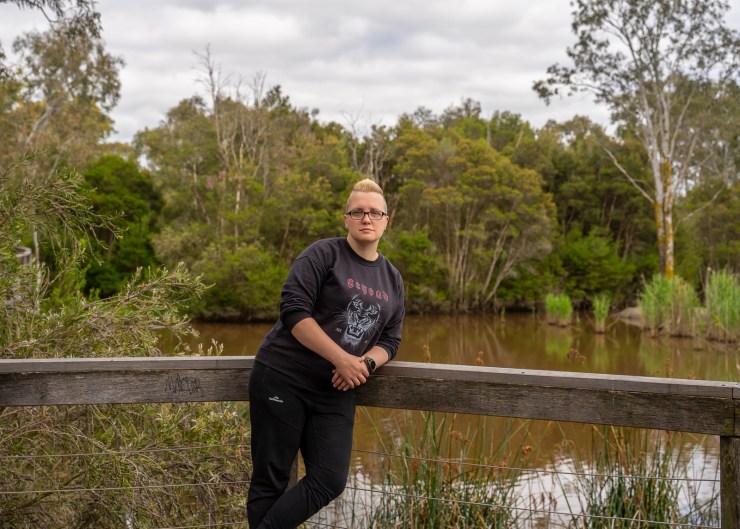
55mm Zeiss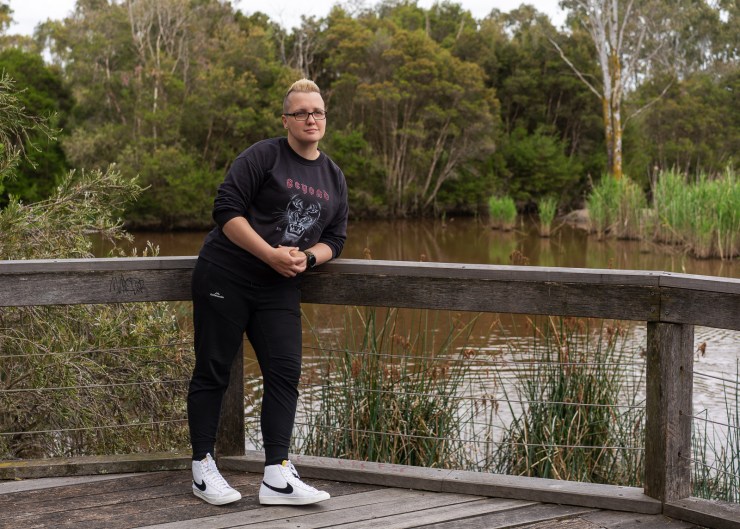
70mm (70-300mm)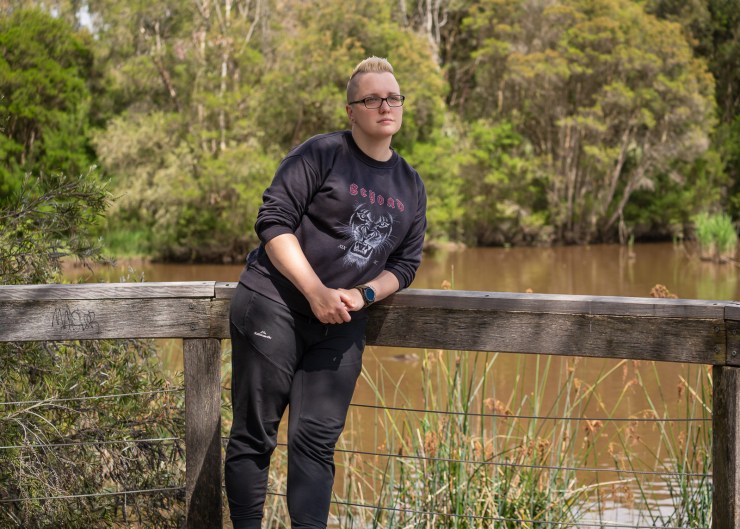
75mm (28-75mm)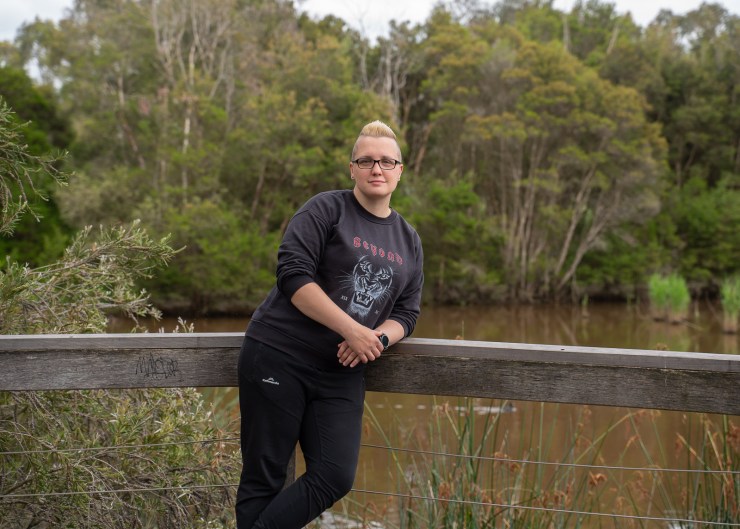
100mm (70-300mm)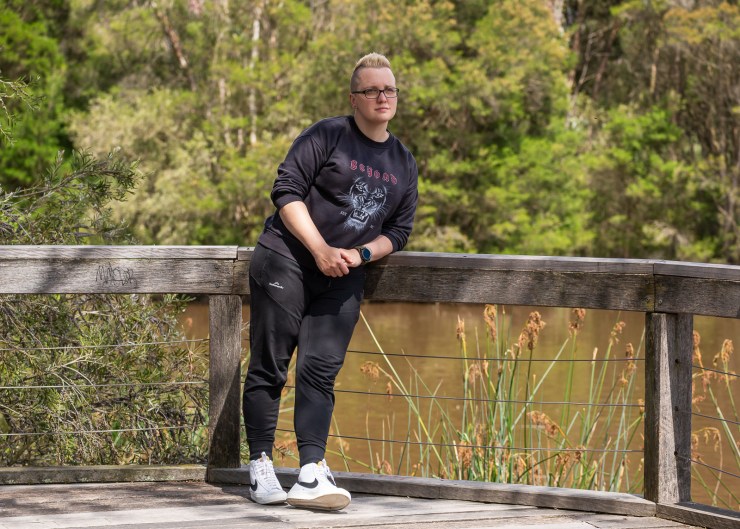
200mm (70-300mm)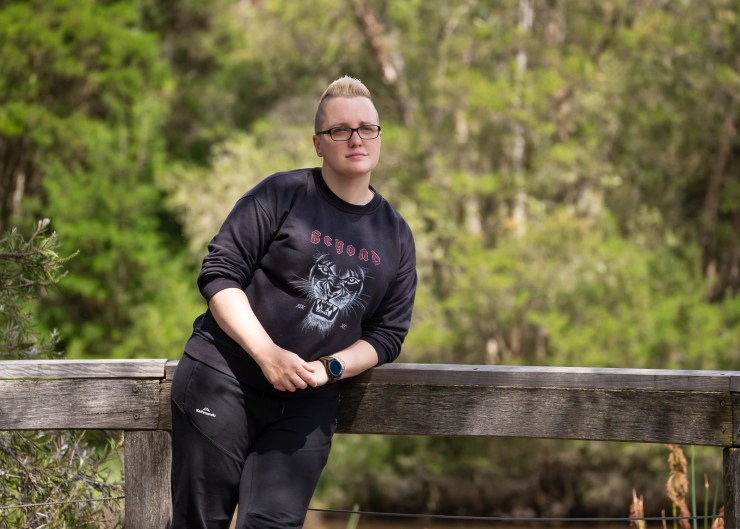
300mm (70-300mm)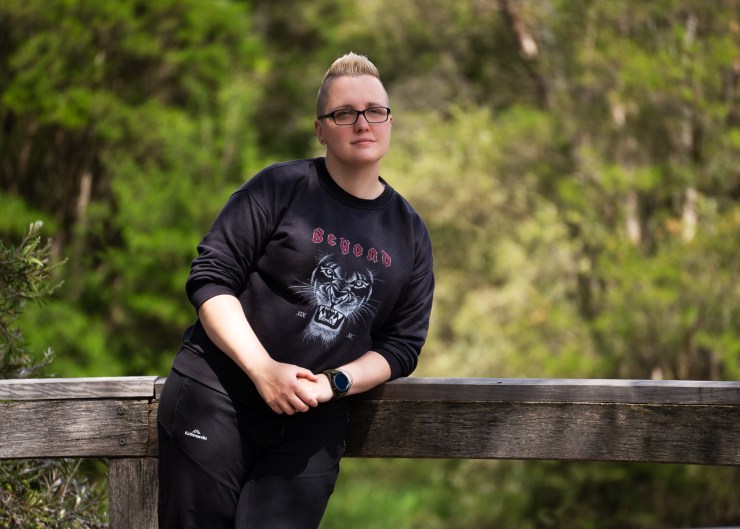
Tell your story with the second annual Visual Storytelling Conference!
Experience four days of interactive, online training sessions featuring a range of educational content with experienced photographers and content creators. This free event kicks off with a series of technical boot camps to build essential skills, followed by live, online sessions on photography, video, business and social media. Join live from March 10-13, 2022!
